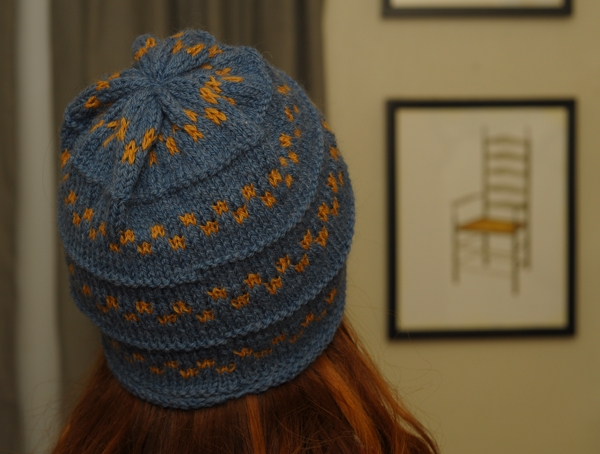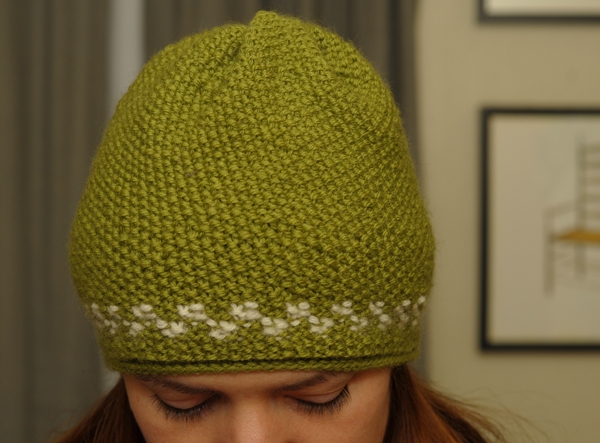
They finally did. Stewpot failed to return home at the end of the day.
Despite all his meanness, I'm going to miss him. He was one of our first chickens, and he sure was handsome.

With his girls.

Dust bathing.
How he was named, and his antics.
The most beautiful thing we can experience is the mysterious. It is the source of all true art and science. ------Einstein, "What I Believe"












 Most of the trees along the Rio Grande River are mature and aged trees. Most are 40 to 100 years old and the tallest are about 80 feet tall. The trees are not naturally reproducing as they used to due to non-native trees like salt cedar and Russian olive trees taking over. The non-native spices are being removed from this area. Plus the river is damned at a few places and drained off into irrigation ditches for farmland (including the hay I buy for my horses) which means there isn't the flooding along the banks of the river anymore to help seedlings and young trees grow. Much is being done to help the cottonwoods reproduce and not die off.
Most of the trees along the Rio Grande River are mature and aged trees. Most are 40 to 100 years old and the tallest are about 80 feet tall. The trees are not naturally reproducing as they used to due to non-native trees like salt cedar and Russian olive trees taking over. The non-native spices are being removed from this area. Plus the river is damned at a few places and drained off into irrigation ditches for farmland (including the hay I buy for my horses) which means there isn't the flooding along the banks of the river anymore to help seedlings and young trees grow. Much is being done to help the cottonwoods reproduce and not die off.








 |
| Millenium sundial at Wadenhoe church. |
 A shaggy inkcap fungus on the grassy track.
A shaggy inkcap fungus on the grassy track.

 Lyveden New Bield is an uncompleted building - it was intended as a hunting lodge, or more probably as a 'summer house', and built for Sir Thomas Tresham in the early 1600s. More info about the building and the Treshams.
Lyveden New Bield is an uncompleted building - it was intended as a hunting lodge, or more probably as a 'summer house', and built for Sir Thomas Tresham in the early 1600s. More info about the building and the Treshams. The mound in the picture is a 'snail mound', created when the garden was made, as Elizabethan and Tudor gardens were designed to be looked at from above.
The mound in the picture is a 'snail mound', created when the garden was made, as Elizabethan and Tudor gardens were designed to be looked at from above.


 The orchard has been replanted using many of the original old varieties of fruit - apples, pears, and plums.
The orchard has been replanted using many of the original old varieties of fruit - apples, pears, and plums.
 I forget the name of this creek but it was only a few miles into the park and it was the first view I had of Mt Rainier. Breathtaking.
I forget the name of this creek but it was only a few miles into the park and it was the first view I had of Mt Rainier. Breathtaking. This is a little further into the park. When the roads were constructed through the park the engineers took into account the “viewing pleasure” of the public and I must say they did an excellent job in selecting the sites for the viewpoints.
This is a little further into the park. When the roads were constructed through the park the engineers took into account the “viewing pleasure” of the public and I must say they did an excellent job in selecting the sites for the viewpoints. A couple of close-ups of the top of the mountain.
A couple of close-ups of the top of the mountain.
 Probably the most visited area of the park is in the south-central part. It was about 12:30 in the afternoon when I arrived in Paradise and, as you can see, the clouds had moved in. I spent some time in the visitors center at Paradise - looked at the exhibits, viewed the park movie, then looked through the telescopes and saw three climbers halfway up the mountain.
Probably the most visited area of the park is in the south-central part. It was about 12:30 in the afternoon when I arrived in Paradise and, as you can see, the clouds had moved in. I spent some time in the visitors center at Paradise - looked at the exhibits, viewed the park movie, then looked through the telescopes and saw three climbers halfway up the mountain. The mountain played peek-a-boo with the clouds, but they eventually completely blocked out the view. I joined some of the other visitors on a short walk along one of the many trails in the area.
The mountain played peek-a-boo with the clouds, but they eventually completely blocked out the view. I joined some of the other visitors on a short walk along one of the many trails in the area. Mount Rainier and me!
Mount Rainier and me!









